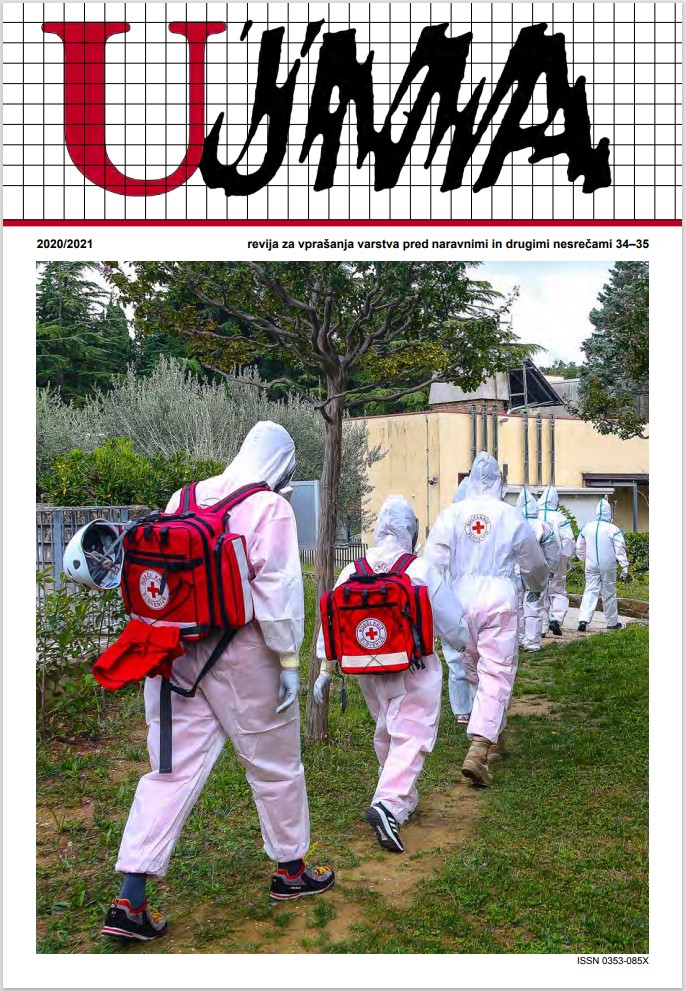EUROPEAN PROGRAMME OF RESEARCH INFRASTRUCTURE INTEGRATION FOR EARTH SCIENCES – THE EUROPEAN PLATE OBSERVING SYSTEM (EPOS)
Abstract
The European Plate Observing System (EPOS) within the programme of research infrastructure integration makes multidisciplinary research possible for a better understanding of the physical and geological processes controlling different geohazards such as earthquakes, volcanic eruptions and tsunamis, as well as those driving tectonics and Earth surface dynamics and those important for the exploration of the Earth’s resources. The thematic areas of seismology and geodetic GNSS observations have a leading role in the programme, and volcanic and geomagnetic observations and near-fault observatories are also included. Additional services are provided by the thematic areas of satellite data, geological information and modelling, and multi-scale laboratories. Anthropogenic hazards and geo-energy test beds for low carbon energy are also included. The emphasis is on a multidisciplinary approach, the integration of different scientific fields, and open source data. Slovenia early recognized the priority of geosciences in the development of research infrastructure, and collaborates in the EPOS programme in many relevant areas through the EPOS-SI consortium.
References
Bailo, D., in Jeffery, K., 2014. EPOS - a novel use of CERIF for data-intensive science. Procedia Computer Science. 33, 3–10.
Cocco, M., Eck, T., Michelini, A., 2010. EPOS the European Plate Observing System: a long-term integration plan for research infrastructures on solid Earth sciences at pan-European level. INGV, 24.
Cocco, M., Giardini, D., EPOS Consortium, 2011. Integrating research infrastructures for solid Earth science in Europe: the European Plate Observing System. AGU Meeting Abstracts. San Francisco.
Cocco, M., in EPOS Consortium, 2013. The EPOS Architecture: Integrated Services for solid Earth Science. EGU General Assembly, Vienna.
EPOS ERIC Slovenia. https://epos-ip.zrc-sazu.si/
European Plate Observing System – EPOS. https://www.epos-ip.org/
Gosar, A., 2005. Možnost zmanjšanja učinka tople grede z geološkim skladiščenjem CO2 globoko pod Zemljinim površjem. Ujma 19, 201–205.
Gosar, A., 2018. Inducirana seizmičnost. Ujma 32, 229–238.
Gosar, A., 2010. Razvoj teorije o tektoniki litosferskih plošč. Proteus, 73/1, 6-15.
Košir, M., in Cecić, I., 2011. Potres 26. marca 1511 v luči novih raziskav. Idrijski razgledi 56/1, 90–104.
Šebela, S., 2021. Raziskovalna infrastruktura RI-SI-EPOS na področju krasoslovja. Zbornik Raziskave s področja geodezije in geofizike v letu 2020. SZGG, 7–13.
Trani, L., Koymans, M., Atkinson, M., Sleeman, R., F. R., 2017. WFCatalog: A catalogue for seismological waveform data. Computers & Geosciences. 106, 101–108.
Vičič, B., Aoudia, A., Javed, F., Foroutan, M., Costa, G., 2019. Geometry and mechanics of the active fault system in western Slovenia. Geophysical Journal International 217, 1755–1766.
Živčić, M., Čarman, M., Gosar, A., Jesenko, T., Zupančič, P., 2011. Potresi ob Idrijskem prelomu. Idrijski razgledi 56/1, 119–126.
Downloads
Published
Issue
Section
License

This work is licensed under a Creative Commons Attribution-NonCommercial-NoDerivatives 4.0 International License.
The articles are made available to the public under Creative Commons Attribution-NonCommercial-NoDerivatives 4.0 International (CC BY-NC-ND 4.0).


